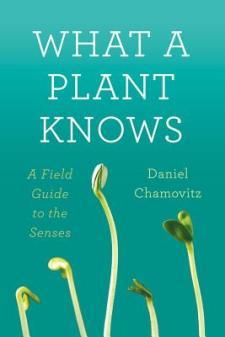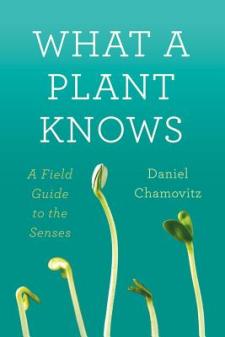Israeli plant geneticist Daniel Chamovitz believes that plants are more similar to humans than previously realized and even have similar senses.
Chamovitz is Director of Tel Aviv University’s Manna Center for Plant Biosciences, and has written a new book called What a Plant Knows detailing his findings, which may lead us to rethink what we know about biology with implications for research into food security and human diseases.
While investigating how plants respond to light, Chamovitz found a group of genes that allow plants to tell whether they are in the light or the dark. Surprisingly, these genes were later identified in humans and animals.
“The same group of proteins that plants use to decide if they are in the light or dark is also used by animals and humans,” said Chamovitz in a media release. “For example, these proteins control two seemingly separate processes.”
“First, they control the circadian rhythm, the biological clock that helps our bodies keep a 24-hour schedule,” he explained. “Second, they control the cell cycle—which means we can learn more about mutations in these genes that lead to cancer.”
According to Chamovitz, plants “see” light signals, including color, direction, and intensity, and use this information to decide on a behavioral response, such as opening their leaves to absorb nutrients.
Plants also exhibit a sense of smell. For instance, a ripening fruit releases a pheromone which nearby unripe fruit can detect, triggering them to ripen too.
Plants and humans have other proteins and genes in common, such as the genes that cause breast cancer. They are therefore a potential biological model, and could be used instead of or alongside animal models for research into some human diseases.
The Epoch Times publishes in 35 countries and in 19 languages. Subscribe to our e-newsletter.





